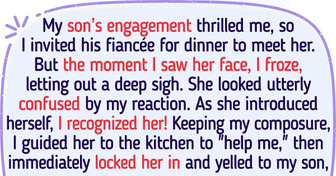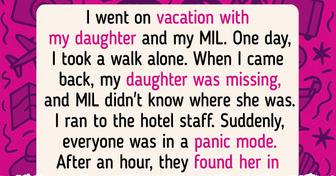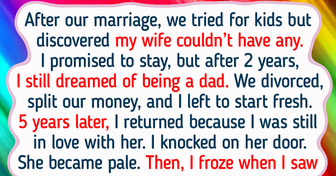10 Real Stories That Feel Like a Tightrope Walk

Hey, space buffs! Just how well do you know our Solar System? Guess the planet: it’s more than twice as massive as all the other planets combined. It’s covered with striking swirls and stripes — which are actually windy clouds of cold ammonia and water, floating in an atmosphere of hydrogen and helium. Still no clue? Then look at this!
It’s the infamous Great Red Spot — a giant storm larger than our home planet that has been raging for hundreds of years. Right you are! This cloudy world is Jupiter! And the main question is, “Is this planet our enemy or friend?”
NASA’s Juno orbiter is exploring this gas giant at the moment, sending us tons of useful data. Jupiter is so big that 11 Earths could fit across its equator. If our planet was the size of a grape, Jupiter would be a basketball! The gas giant is the fifth planet from the Sun, orbiting around 484 million miles away.
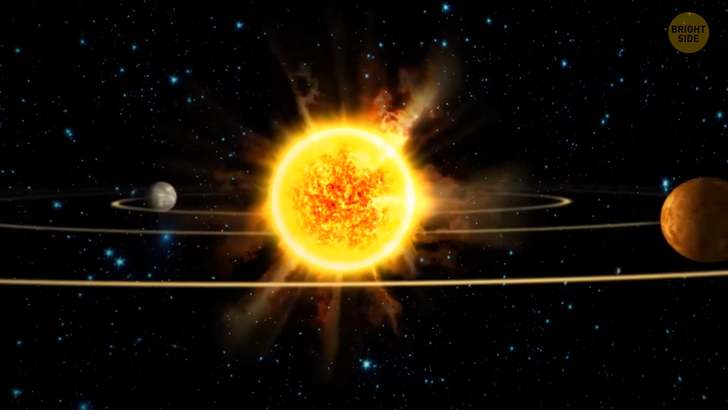
And even though for us earthlings our blue-green world seems to be the most important among all the other planets, we live in Jupiter’s Solar System. After all, it accounts for 75% of the mass of all the planets in our star system. And it’s also 318 times more massive than Earth! And whatever Jupiter wants, Jupiter gets. Jupiter wants to throw stuff across the Solar System? No problem — after all, this gas giant doesn’t have its immense gravity for nothing. It yanks material from the asteroid belt, stopping poor space rocks from forming anything larger than Ceres — the only dwarf planet located in the inner Solar System.
Jupiter is hungry? It gobbles up comets, asteroids, and whatnot. Jupiter is bored? It hurtles everything it manages to capture on wayward trajectories. This gas giant must have caused a lot of destruction over the course of its life — which is around 4.5 billion years. But here’s the thing — some scientists think we might owe our very existence (and the existence of our planet) to Jupiter’s protective gravity! It may sound confusing, but by greedily swallowing dangerous space objects, this planet “vacuums” the Solar System. Other astronomers don’t agree with this theory. They claim Jupiter is a hooligan, bothering peaceful and safe comets and sending them to unexpected places.
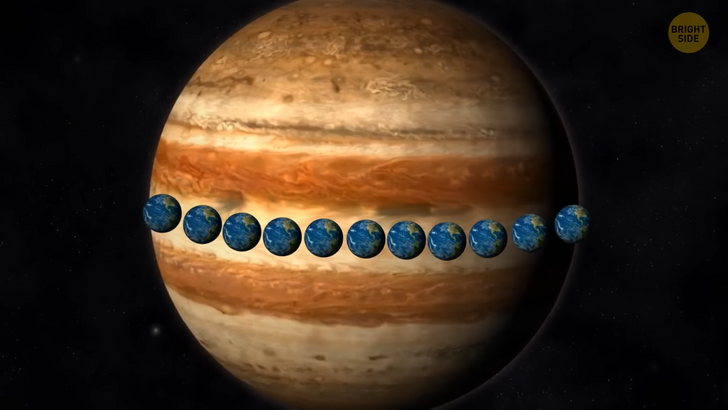
You see, some of the most dangerous objects in our Solar System are long-period comets. Those are huge chunks of ice and rock coming from the depths of the Oort Cloud, which lies far beyond Pluto. Some of them get pushed into the inner Solar System, where they dash past the Sun. There’s a chance that the most devastating extinction on Earth was caused by a long-period comet.
As such comets make their way through the Solar System, they likely interact with Jupiter’s gravity. The gas giant pushes them this way and that, consuming some of them like delicious ice-rock burgers. But does Jupiter push such comets out of their dangerous orbit so that they don’t smash into Earth? Or does this gas giant actually divert the trajectories of the comets that would otherwise miss Earth? No one knows.
Astronomers sometimes call Jupiter a failed star. The gas giant indeed contains a lot of helium and hydrogen — the material stars are mostly made of. But the planet’s mass isn’t enough to start a fusion reaction in its core. And that’s exactly how stars produce energy. They fuse the atoms of hydrogen together under extreme pressure and heat and create helium.
In the process, they also release light and heat. Jupiter could start a nuclear reaction and become a star only if it was 75 times its current mass. Paradoxically, if Jupiter got even more massive, it would also get smaller! This additional mass would make the planet denser, and it would cause the gas giant to start pulling it in on itself. Astronomers are almost sure that even if Jupiter was 4 times its current mass, it would still remain the same size.
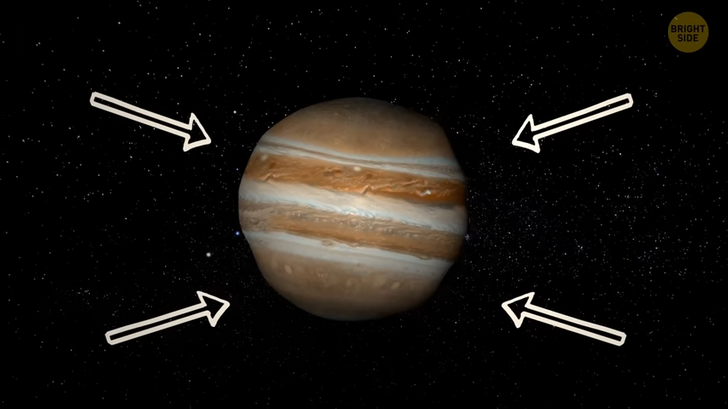
Jupiter has between 80 and 95 moons. But one of the most popular ones these days is Europa. Imagine a still, frozen world. It’s ancient — about 4.5 billion years old. It’s barely heated by the rays of the Sun and covered with a thick layer of ice. This world is smaller than our Moon but a bit larger than Pluto. That’s what Europa — the sixth satellite of Jupiter and one of the biggest moons in the Solar System — looks like.
And the coolest thing about this far-away place? It might host life. Astronomers consider Europa one of the most promising places in the Solar System to search for new life forms. All because this moon has a huge saltwater ocean with a depth of 40 to 100 miles. Yes, it IS hidden under a layer of ice that is estimated to be from 10 to 20 miles thick. But it is still potentially habitable. Astronomers claim that plumes of water erupt from cracks in the ice shell and release the contents of the moon’s ocean into space.
For a long time, scientists have been wondering about Jupiter’s X-ray auroras. What causes them? It seems like the 40-year-old mystery has been solved! Jupiter’s breathtaking X-ray auroral emissions are triggered by electrically charged particles called ions. They crash into the gas giant’s atmosphere — and here’s the result!
But astronomers couldn’t understand how those ions got to the atmosphere in the first place. But recently, they have seen the ions “surfing” Jupiter’s magnetic field all the way down to the planet’s atmosphere! Astronomers have received this data thanks to NASA’s Juno spacecraft and ESA’s XMM-Newton telescope, situated in Earth’s orbit.
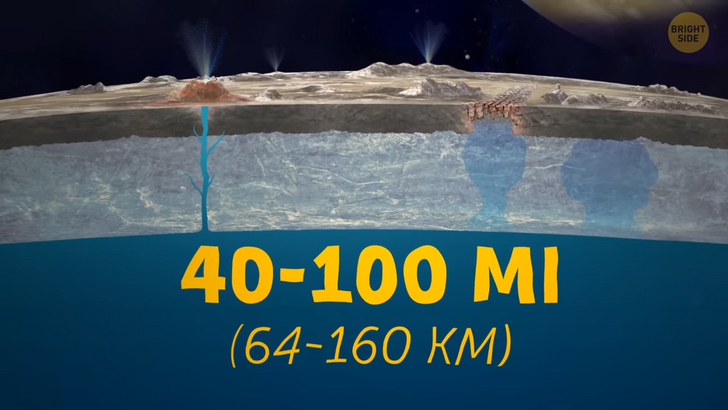
Now, on our home planet, auroras are only visible in a belt surrounding the magnetic poles — between 65 and 80 degrees latitude. Anything beyond 80 degrees — and auroras disappear. But Jupiter’s X-ray auroras are much more inconsistent. They pulsate regularly poleward of the main belt, and sometimes, they are different at the north and south poles.
Scientists have figured out that this “pulsation” is caused by the fluctuations in Jupiter’s magnetic field. You see, when the planet rotates, it drags behind its magnetic field. Struck by the particles of the solar wind, it gets compressed. This heats the particles trapped in Jupiter’s magnetic field, and they start moving along the magnetic field lines, producing magnificent auroras.
Another feature Jupiter is famous for is its Great Red Spot — an enormous storm raging in the Southern Hemisphere of the gas giant. Its top parts tower more than 5 miles above the surrounding cloud tops. The storm is more than twice as wide as our planet. At the edges of the storm, the wind speeds reach 270-420 mph! That’s faster than Earth’s tornadoes! The hot gasses in the planet’s atmosphere are always moving — rising, falling, and swirling. Just like on our planet, when cooler and hotter gasses mix and merge into one another, they form giant circling storms.
Astronomers think that once, several enormous storms could have come together, creating the Great Red Spot. And now, it keeps raging by constantly drawing cool gasses from below and hot gasses from above. Plus, this monster of a storm absorbs other, smaller vortices. They make the Spot even more powerful.
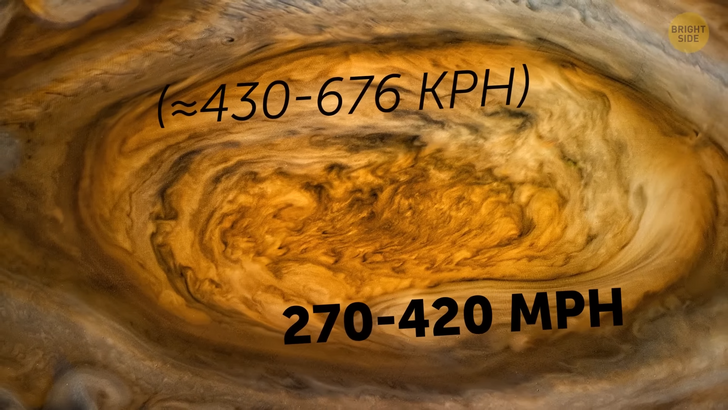
Several theories try to explain why the storm has its trademark color. It varies from whitish and pale salmon to orange and brick-red. Some scientists believe the answer lies below the Great Red Spot, closer to the planet’s “surface.” A colorless layer of ammonium hydrosulfide might be reacting with cosmic rays or the UV radiation coming from the Sun.
This somehow gives the Spot its pretty red color. But so far, it’s just a theory. Astronomers have been observing the Great Red Spot since the 1830s. And for the first time, the storm was spotted in 1665 and described as the “Permanent Spot.” In other words, the storm is almost 400 years old!
Strangely, it’s been shrinking in size since the beginning of the 21st century. In 2019, it began “flaking” at the edges, with small pieces breaking off and vanishing. If this process continues, by 2040, the Great Red Spot might become circular! Or it may simply disappear.






